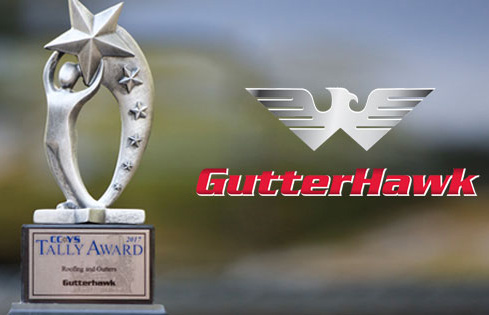Walking on metal roofs requires careful planning and proper safety measures to prevent accidents and injuries. Whether you’re a homeowner doing maintenance or part of a comprehensive roofing team working on installations, understanding safe roof walking techniques is important for everyone involved. Metal roofs can be slippery and dangerous, especially in certain weather conditions. This guide covers the right footwear, safety equipment, walking techniques, and weather considerations to help you stay safe while working on metal roofs.
Choosing the Right Footwear
The shoes you wear can make the difference between a safe roof walk and a dangerous fall. Choose shoes with rubber soles or special roofing boots that provide a good grip on metal surfaces. Look for footwear with deep treads that can grab onto the roof material and prevent slipping. Make sure your shoes have ankle support to help prevent twisting your ankle on uneven areas of the roof. Avoid worn-out shoes with smooth soles that could cause you to slip and fall. Steel toe boots offer extra protection from sharp metal edges that might cut your feet. Your shoes should fit properly to prevent blisters and discomfort during long periods on the roof. Remember, safety is more important than comfort when choosing footwear for metal roof work.
Inspecting the Roof Surface
Before stepping onto any metal roof, take time to carefully examine the surface for potential hazards. Look for signs of damage, such as rust spots, dents, or loose panels, that could give way under your weight. Inspect all fasteners and seams for signs of corrosion or gaps that could create tripping hazards. Remove any debris, moss, or algae that could make the surface slippery and dangerous. Watch out for sharp edges or protruding screws that could cause cuts or injuries. If there are skylights, vents, or other roof penetrations, ensure they’re properly secured and won’t break if accidentally stepped on. Pay attention to areas where different roof sections meet, as these joints can be weak spots. Taking time to inspect the roof thoroughly before walking on it helps prevent accidents and protects both you and the roof from damage.
Using Proper Safety Equipment
Safety equipment is your best protection against falls and injuries when working on metal roofs. Always wear shoes with good traction to prevent slipping on the smooth metal surface. Use a safety harness attached to a secure anchor point – this will catch you if you fall. A hard hat protects your head from falling objects or if you hit something while moving around. Wear work gloves to improve your grip and protect your hands from sharp metal edges and screws. Safety glasses shield your eyes from debris, dust, or small metal particles that might fly around. Ensure that all your safety equipment fits properly and is in good condition before use. Don’t skip safety gear even for quick jobs – most accidents happen during routine tasks when people think they don’t need protection.
Practicing Proper Walking Techniques
How you move on a metal roof affects your safety and stability. Spread your weight evenly across both feet to avoid putting too much pressure on one spot that might give way. Take slow, careful steps and focus on keeping your balance with each movement. Bend your knees slightly to lower your center of gravity, which makes you more stable and less likely to fall. Ensure each step is secure before proceeding to the next one. When moving between different sections of the roof, take small steps and test each area before putting your full weight on it. Keep your body centered over your feet, and avoid leaning too far in any direction. If you need to carry tools or materials, use a tool belt or rope system rather than carrying items in your hands, which can throw off your balance.
Being Mindful of Weather Conditions
Weather conditions greatly affect the safety of walking on metal roofs. Check the weather forecast before starting any roof work, and avoid going on roofs during rain, snow, or ice, which makes metal surfaces extremely slippery. Strong winds can knock you off balance, especially if you’re carrying equipment or working near roof edges. Hot weather can cause metal roofs to become excessively hot to the touch and uncomfortable to work on. Cold temperatures can make metal roofs icy and slippery, even when other surfaces seem fine. Humidity and morning dew can also create slippery conditions on metal surfaces. If weather conditions aren’t ideal, wait for better conditions rather than risking an accident. It’s better to delay work than to end up injured.
Other Roofing Tips:





